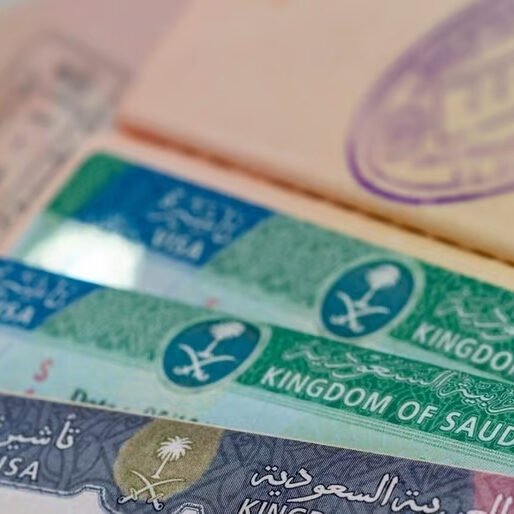
Exploring the Rich Flavors of Saudi Arabian Cuisine
Aya Yesentayeva Luxury Hotelier | Travel Enthusiast Saudi Arabian cuisine is a treasure trove of flavors waiting to be explored. It’s a culinary journey that takes you through a rich tapestry of tastes and textures.








